Craniosynostosis
Dr Vybhav Deraje has special interest and expertise in managing Craniosynostosis and Aster Hospital, Whitefield is the only hospital in India to offer Minimally invasive Endoscopic assisted surgery and 3D printed helmet therapy for such children.
Craniosynostosis is a birth defect that causes the soft joints between the bones of a child's skull (cranial sutures) to close too early.
Effects of Craniosynostosis
- Abnormal shape of skull (Depending upon the suture that is involved)
- Increased intracranial pressure leading to compression of brain in some cases.
Types of Craniosynostosis
- Non syndromic craniosynostosis – Coronal, Metopic, Sagittal, Lambdoid, Multisuture
- Syndromic craniosynostosis – Apert, Crouzon, Pfeiffer, Muenke, Saethre-Chotzen
Symptoms of Craniosynostosis
- Increase of pressure inside the skull (Increased intracranial pressure)
- Optic disc swelling leading to loss of vision
- Distortion of shape of skull and face
- Hard or raised ridge near the affected sutures
- Abnormal disappearing or feeling of a soft spot on the skull of the baby
- Flat face deformity
- No or slow growth of the head as the baby grows
- Delayed developmental milestones
- Abnormal behavior
- Seizures
- Sleep apnoea or airway issues
Description of common types of Craniosynostosis
Unicoronal Synostosis
A baby has this if one suture that goes from an ear to the top of the head closes too early. It causes the baby's forehead to become flattened on the affected side (frontal or anterior plagiocephaly). It can also cause a deviated nose, raised eye socket and slanted skull.
Patient information sheet Download Now
Metopic Synostosis
A baby has this if the suture at the middle of the forehead (frontal bone) closes too early. It causes the baby’s forehead to be triangular or boat shaped (trigonocephaly) with hollowing in the temple region on both sides. Some children can have speech and learning difficulties in their childhood as well.
Patient information sheet Download Now
Sagittal Synostosis
A baby has this if the suture that goes from front to back at the top of the head closes too early. It causes the baby's head to become narrower and longer (from front to back) than usual (scaphocephaly).
Patient information sheet Download Now
Lambdoid Synostosis
A baby has this if the suture at the back of the head (One or both) closes too early. It causes the baby’s head to be flat at the back (brachycephaly - both sutures) or slanted to one side on the back (posterior plagiocephaly - one suture). This is the rarest form of craniosynostosis. This can sometimes be confused with Deformational plagiocephaly.
Patient information sheet Download Now
Bicoronal Synostosis
A baby has this if both sutures that go from an ear to the top of the head close too early. It causes the baby's head to be wider and to become flattened from front to back (brachycephaly).
Patient information Sheet Download Now
Multisuture Synostosis
A baby has this if many or all sutures of the skull close too early. This can cause severe restriction of brain growth due to raised pressure inside the skull. The size of the head can be small (Microcephaly). This can be non syndromic or syndromic. The syndromic cases may be due to a defective gene (FGFR 1, FGFR 2, FGFR 3, TWIST 1, EFNB 1 etc). In the syndromic patients, there might be other anomalies as well like hand anomalies and brain anomalies.
Patient information sheet Download Now
Treatment of Craniosynostosis
Treatment requires multi-disciplinary management with involvement of Craniofacial surgeon, Neurosurgeon, Paediatric anaesthetist and intensivist, Ophthalmologist, ENT surgeon, Speech therapist, Orthodontist etc. The treatment for craniosynostosis is surgery. The type of surgery depends on the type of the disease and the age of the child. Dr Vybhav Deraje’s protocol for treatment of craniosynostosis is based on strong scientific evidence and experience.
Non syndromic single suture craniosynostosis
- Age less than 6 months
Minimally invasive (Keyhole), endoscopic assisted strip craniectomy followed by Helmet (3D printed) therapy for 1-2 years. Here, the suture in question is removed using a keyhole incision with minimally invasive techniques. It involves shorter hospital stay, minimal blood loss, avoidance of blood transfusion and quick recovery. This is followed by 1-2 years of helmet therapy to mould the shape of the skull and facilitate proper growth of the brain.
- Age more than 6 months
An open surgery (Fronto-orbital remodeling or cranial vault remodeling) is performed for reshaping the skull of the child. The cut is made at the top of the head from one ear to the other ear. The affected suture is removed by a neurosurgeon and the bones of the skull are moulded into normal shape by a craniofacial plastic surgeon.
Syndromic craniosynostosis
- Posterior vault expansion/Fronto-orbital advancement
An open procedure to increase the size of the skull to give more space for the brain to grow. This is usually done in the first year of life. Multiple surgeries are often required in syndromic craniosynostosis and the timing of these surgeries depend upon the condition of the child. Lefort III osteotomy and advancement after age 4 is sometimes required to improve obstructive sleep apnoea and airway issues. Extra support for your child is sometimes required. They are - Physical therapy, Occupational therapy, Speech-language therapy, Special education.
If you need any more information, kindly call us at +91 9535581616. or email us at connect@drvybhavderaje.com. or book an appointment using online contact form.
-
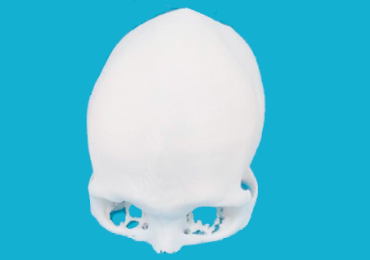
Sagittal Craniosynostosis
-
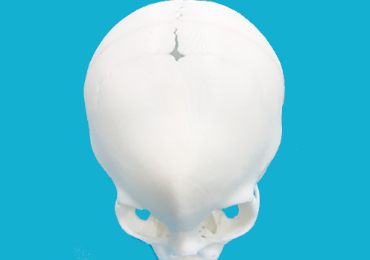
Metopic Craniosynostosis
-
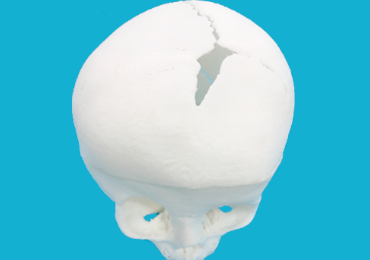
Unicoronal Craniosynostosis
-
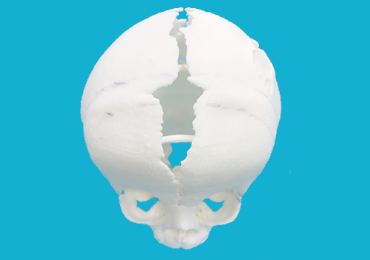
Bicoronal Craniosynostosis
-
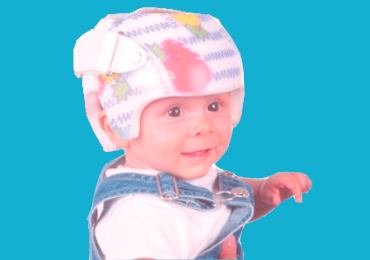
3D Printed Helmet
Testimonials
Look at what our patients have to say about their experiences with us.
Very comfortable to deal with. He clearly explains the condition and builds confidence. Also clarifies all your questions with patience. Highly recommended. Thank u sir.
Sandeep, CRANIOSYNOSTOSIS
Amazing doctor. Explained things thoroughly during treatment. Made my deep cut mark on cheek fully disappear, which I never thought would happen.
Anand, FACE INJURY
I was exceedingly comfortable during the surgery and Dr. Deraje is a wonderful surgeon. He also assisted me in getting a certificate promptly for my injury. My scars have healed perfectly too.
Anindya, WOUND MANAGEMENT
I met with an accident and surgery done for my finger tip. Vybhav did very well and I didn’t expect that my finger tip would survive. He has done very well and helpful person as well.
